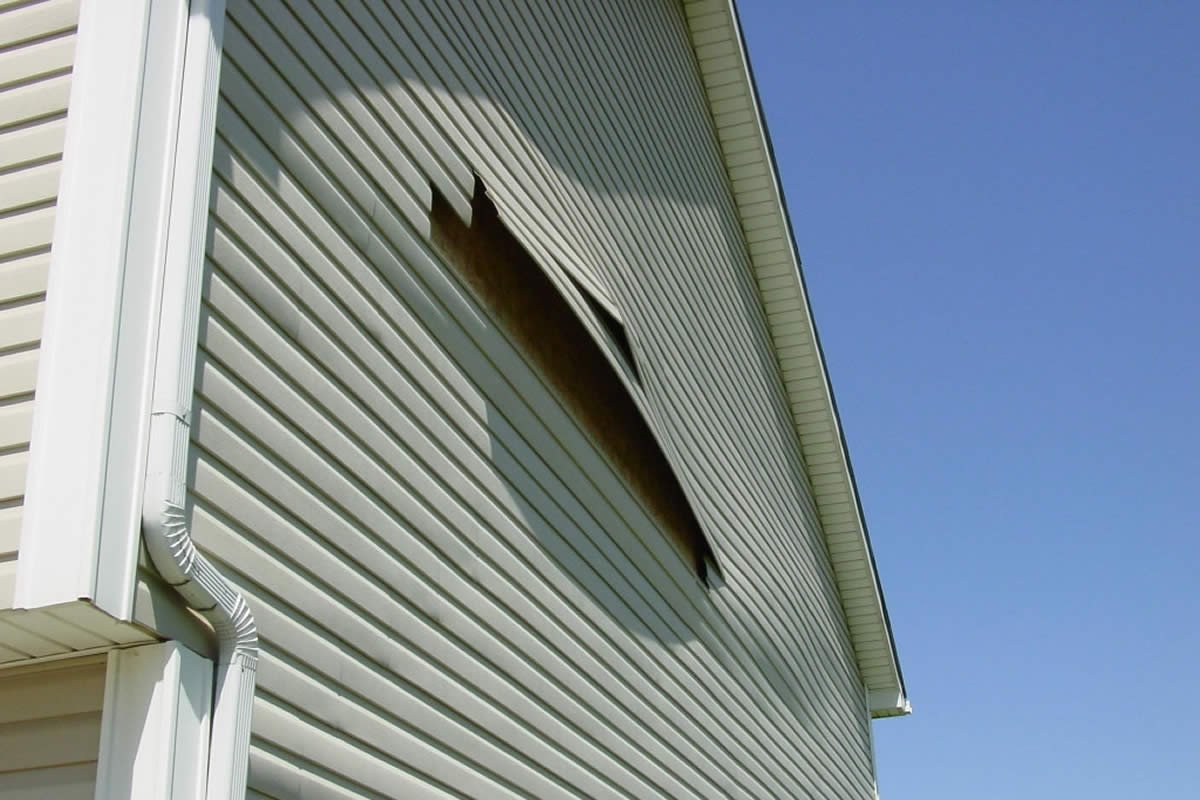Dry Rot
The fungi that cause dry rot start below the surface of the siding, so if you don’t catch them early, you may end up with a much bigger problem than just replacing a section of siding. The last thing you want is to have to get your entire home’s siding replaced because of dry rot. So if your siding is nearing 5 years old and you live in a damper climate, it might be time for a routine dry rot check around your house. Go around with the dull end of a screwdriver or the rubber handle of a hammer and gently tap on different sections of the siding. If it feels soft or spongy, call in a professional siding contractor to take a closer look!

Increased bills
You may have noticed a jump in your electricity bill lately. It could be because your roof needs repairs or insulation needs to be replaced, but if you can rule out those factors, consider that faulty siding could be the culprit. Siding replacement should help insulate your home and regulate the temperature inside. Check the seams in your siding for gaps or warping. If you discover any damage to your house’s siding, it is recommended that you contact a professional for help.
Visible holes in the siding
If you’ve noticed that your siding has been damaged by high winds or an aggressive rainy season, don’t worry! It’s not uncommon for this to happen, especially in parts of the country that are prone to strong storms. If you have any doubts about whether or not your siding needs to be replaced, don’t hesitate to call a professional if there are cracks or loose panels, getting them fixed right away is best.
Black mold
If you notice black mold or fungus growing on the exterior of your home, it could mean one of two things. Either it’s just mildew forming on the surface of your siding, which can be easily treated by washing it down with a cleaning solution and high-pressure hose. But if you notice that there is mold or mildew growing along the seams of your siding, then you should be concerned. Mold and mildew are signs of water damage to the siding. This could be a serious problem, so you should call in an expert.






